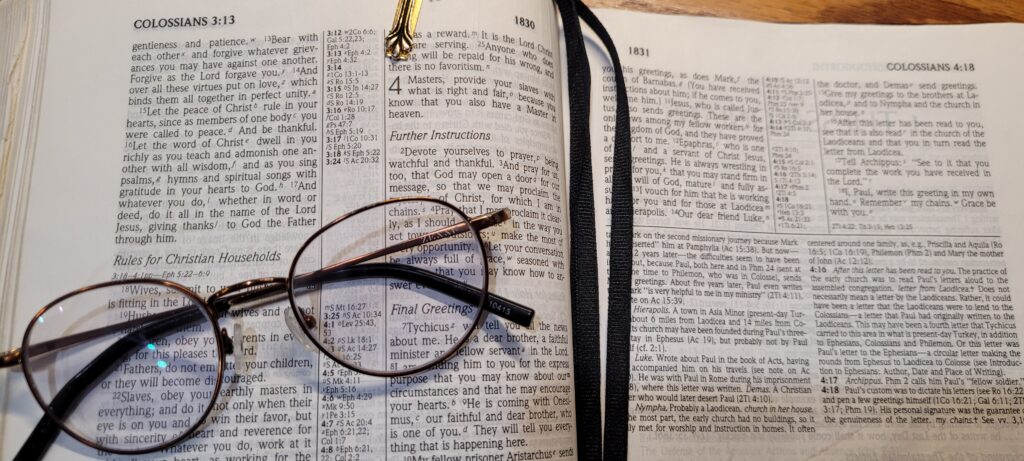Darkness and Light
The people that in darkness sat
A glorious light have seen;
The light has shined on them who long
In shades of death have been,
In shades of death have been.
(Lutheran Service Book #412, stanza 1)
Advent has been described as a time of waiting in darkness for the light to come. The hymn verse above reflects that sentiment. But we wait in hope, the certainty that the Light who came one is coming again. We wait to celebrate His first coming when He accomplished our redemption, and at the same time we should be alert and recognize the nearness of His return.
We find ourselves in the same position as that God’s chosen people in the Old Testament were in. They had been promised the Messiah, the one who would rescue them from sin and death, but they had to wait. As they waited, God continued to speak His promise through His spokesmen, the prophets.
Isaiah 60:1–3 “Arise, shine, for your light has come, and the glory of the Lord rises upon you. See, darkness covers the earth and thick darkness is over the peoples, but the Lord rises upon you and his glory appears over you. Nations will come to your light, and kings to the brightness of your dawn.”
The following are lyrics to a song I wrote for a children’s Christmas Program years ago, based on the passage above.
(Refrain)
Arise and Shine! Your light has come!
And the glory of the Lord rises upon you!
Arise and Shine! Your light has come!
And the glory of the Lord rises on you!
See, darkness covers the earth
Thick darkness covers all!
But the Lord rises on you
His glory has appeared. (Refrain)
Nations will come to your light
That’s bright as any dawn.
The Son has risen on you
So let men see that Light! (Refrain)
The reason I included that song is the last line of the second verse: “So let men see that Light!” The followers of Jesus are Advent people. We still live in a world filled with darkness, be we have the Light of Christ in our lives, knowing we have forgiveness and life and salvation for His sake. This season is a great time to let the world around you see His Light in your life.


